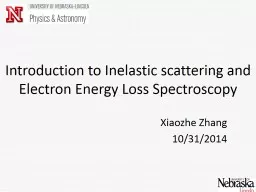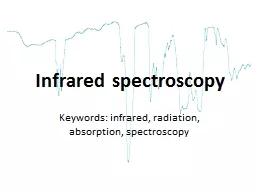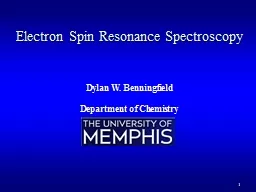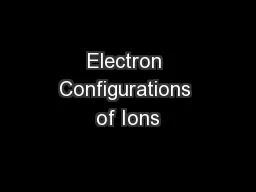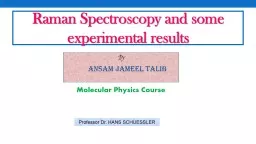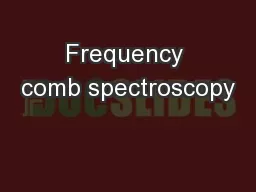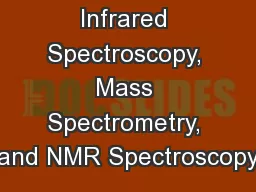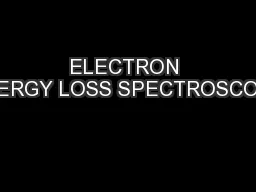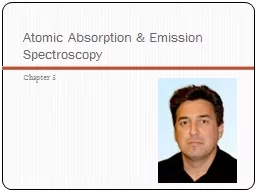PPT-Spectroscopy and Electron Configurations
Author : ellena-manuel | Published Date : 2018-11-12
Light is an electromagnetic wave Wave Characteristics Frequency ν number of waves that pass a point in a given period of time Total energy is proportional to
Presentation Embed Code
Download Presentation
Download Presentation The PPT/PDF document "Spectroscopy and Electron Configurations" is the property of its rightful owner. Permission is granted to download and print the materials on this website for personal, non-commercial use only, and to display it on your personal computer provided you do not modify the materials and that you retain all copyright notices contained in the materials. By downloading content from our website, you accept the terms of this agreement.
Spectroscopy and Electron Configurations: Transcript
Download Rules Of Document
"Spectroscopy and Electron Configurations"The content belongs to its owner. You may download and print it for personal use, without modification, and keep all copyright notices. By downloading, you agree to these terms.
Related Documents


